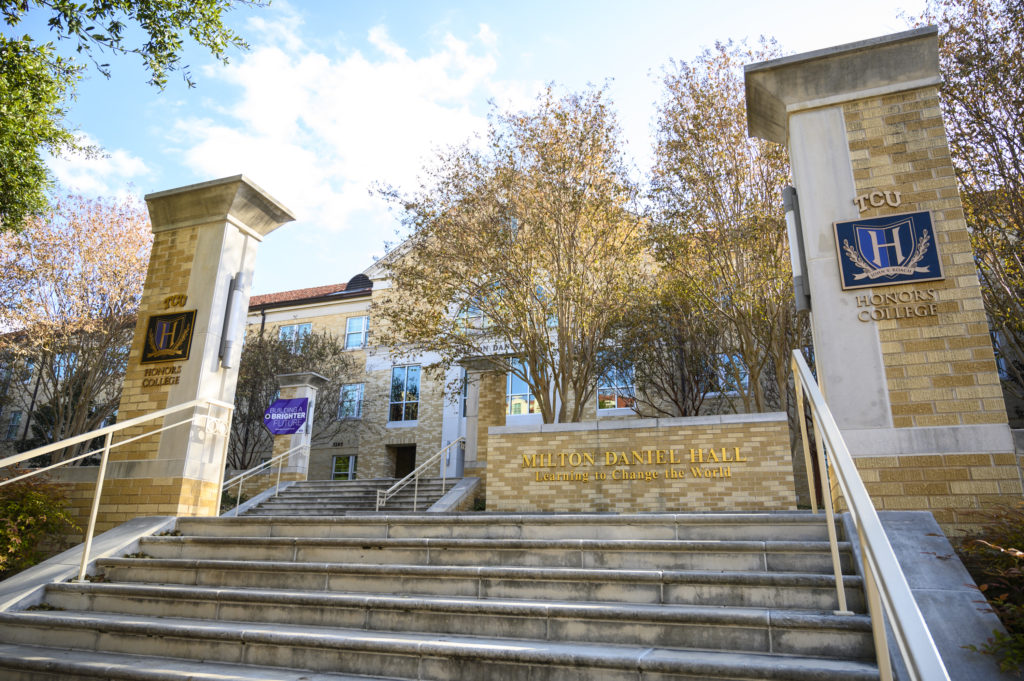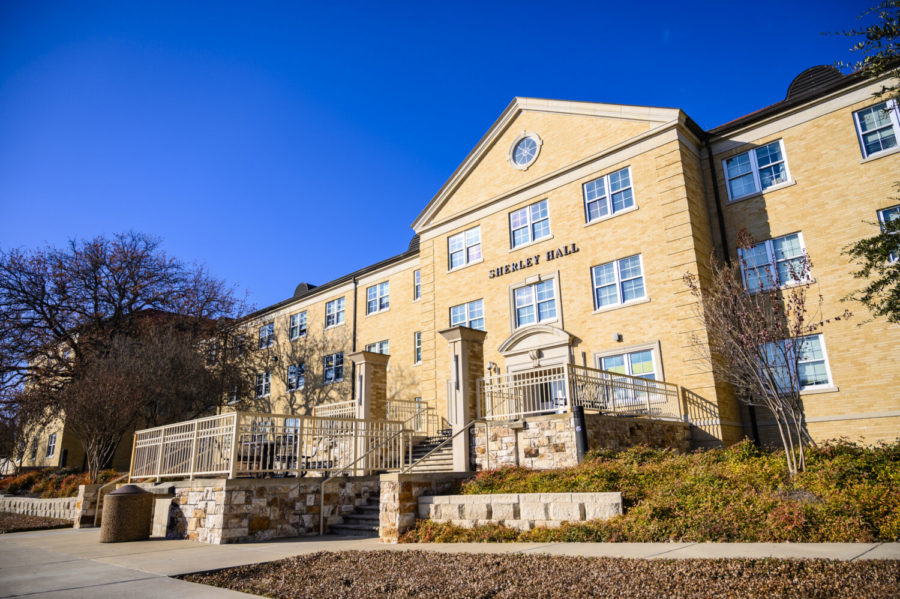Dorm drinking trends show increase in 2020
Published Nov 2, 2021
The 2020-21 academic year was synonymous with quarantines, online classes and masks and, in the case of TCU, drinking.
On-campus alcohol violations resulting in referral for disciplinary action on-campus peaked at 1,117 — of which 1,041 occurred in residence halls. That’s a 73% increase from 2019 and the highest in more than a decade.
“We were full… I can tell you that there was no shortage of socializing and use of alcohol going on on-campus,” said Craig Allen, director of Housing and Residence Life.
COVID-19 restrictions relegated students to residence halls, but any large gatherings likely drew attention because of limits on how many people could be in a room at one time.
Students were only allowed to have an equal ratio of guests to residents in a dorm room, which made it more likely for an RA to check in on a room that may have more guests than allowed.
Matthew Dena was a resident assistant in Sherley Hall last year, a first-year dorm. He said RA’s likely found more students in violation due to enforcing this capacity regulation.
“Even though maybe we wouldn’t have gone into the room in a normal year, because we had to enforce the rule… we would knock on the door and all of a sudden stumble upon a situation that incurred an alcohol violation,” said Dena.
Allen said a large number of the violations occurred at the beginning of the fall 2020 semester.
“I had RA’s who wrote to me, literally after the first week of classes, saying ‘Craig, there had to be 80 to 90 people hanging out in our lounge’,” said Allen.
These concerns, coupled with a campus effort to curtail rising COVID cases and partying, prompted Allen to begin patrolling the halls during the evening to assist various hall personnel.
“I was on campus Thursday, Friday and Saturday nights for several weeks in a row… halls were hopping…” Allen said. “I would walk through Hays Hall on a Friday night at 11 o’clock and there were things happening in every suite.”
The data is for the calendar year 2020, which means it includes the weeks in the spring when classes shifted online and the campus was all but closed.
“Prior to the fall, our typical happenings were going on… from bus loadings to Billy Bob’s, you name it,” Allen said.
The numbers were reported in September when TCU released the 2021 Annual Security Report & Fire Safety Report.
Double Trouble
The limitations on visitors in rooms did prompts some students to socialize creatively.
A former resident of Milton Daniel Hall said there was one party last year where students snuck in through windows to avoid being seen by RAs.

Sophomore Emma Cave, who lived in a single dorm room on the third floor of Milton said she was invited to a party on the first floor.
The hosts were trying to get all of their guests in without staff catching on.
“You were only allowed to bring a certain number of guests into the room… so they started letting people in from the window, grabbing and pulling them from outside,” said Cave.
But someone spotted students going through the window and notified an RA. The party was shut down and everyone there received an alcohol violation.
Dena said the increased rule enforcement role that came with the COVID restrictions were difficult for everyone involved.
“It was harder for (RA’s) to play the bad guy… it’s not fun for us, for the residents or for anyone,” said Dena.
Zooming out
TCU wasn’t the only North Texas-area university to see shifts in students’ drinking habits, though their overall totals are comparatively less than that of TCU.
At Baylor, all alcohol violations resulting in disciplinary action occurred in on-campus housing and increased 200% from the previous year.
The University of North Texas’ main campus in Denton experienced the lowest numbers in three years with alcohol violations decreasing 75% from 2019.
In Dallas, Southern Methodist University reported that alcohol violations in on-campus residences fell to zero from the 180 previously recorded in 2019.
Tarleton State University‘s main campus in Stephenville had a very minimal increase in violations — only 10 more than reported in 2019.



